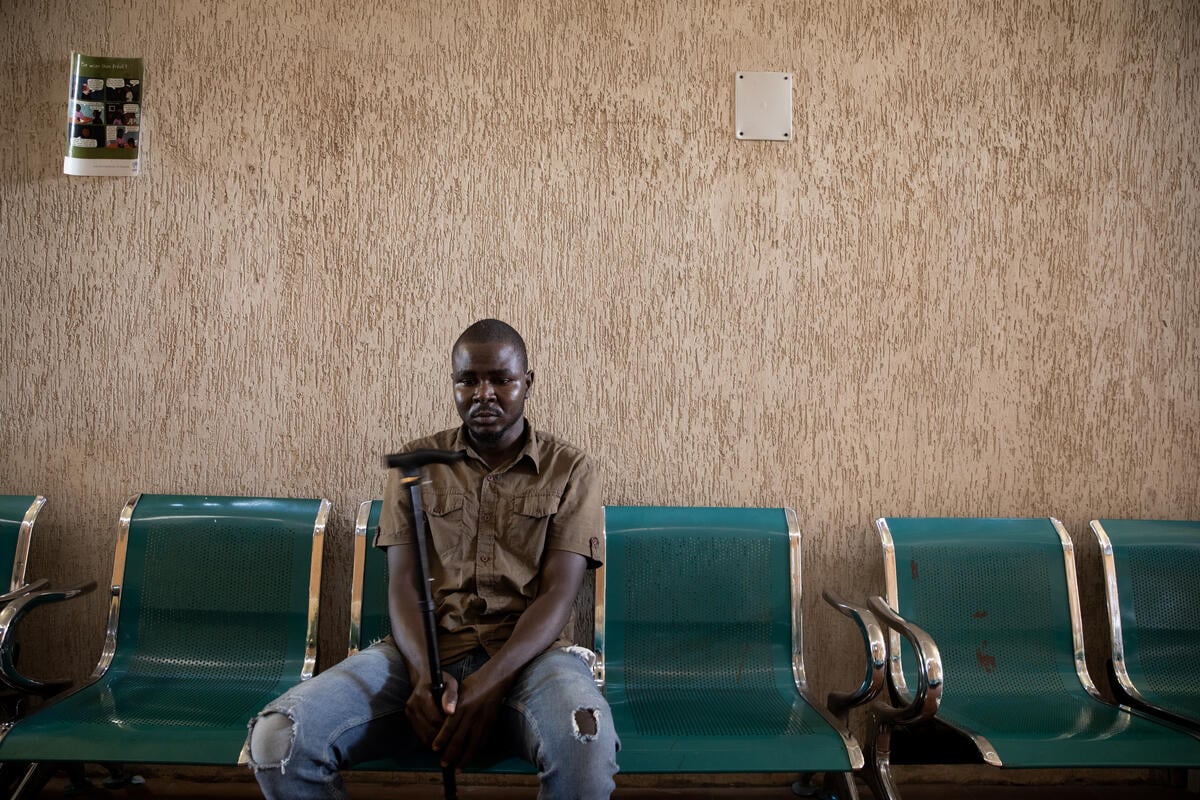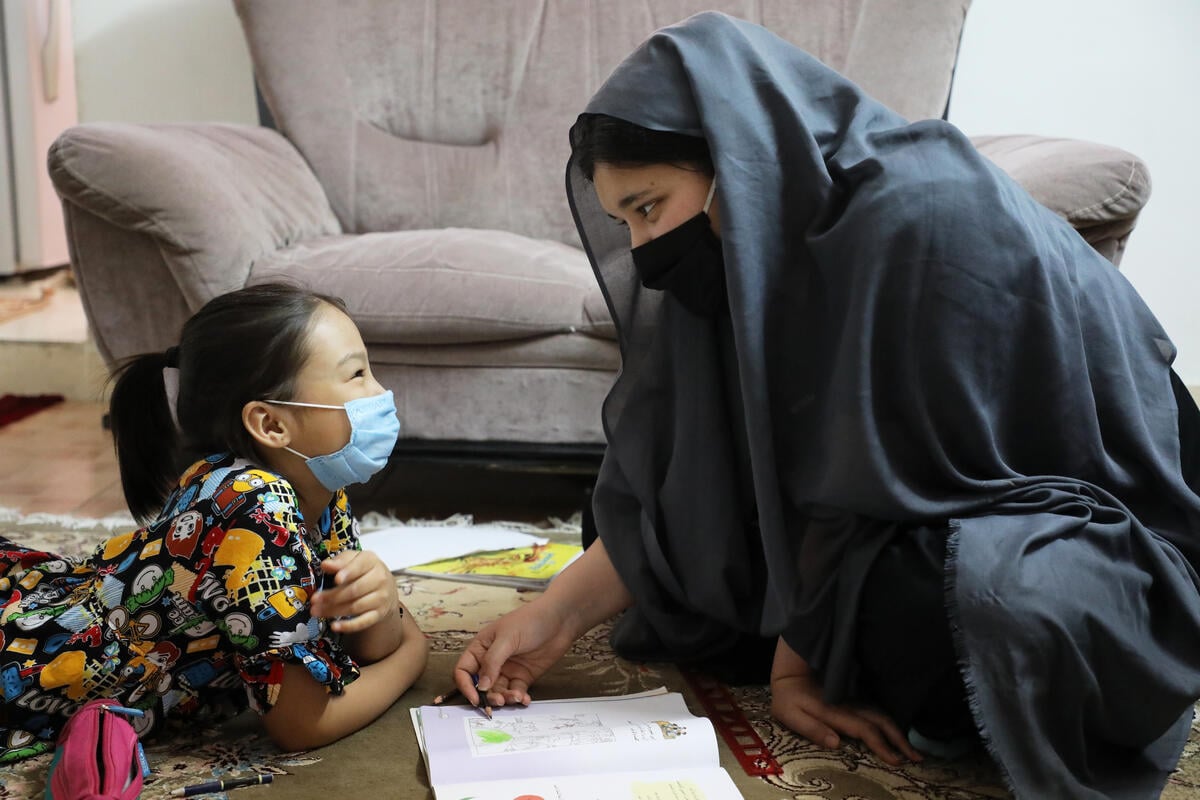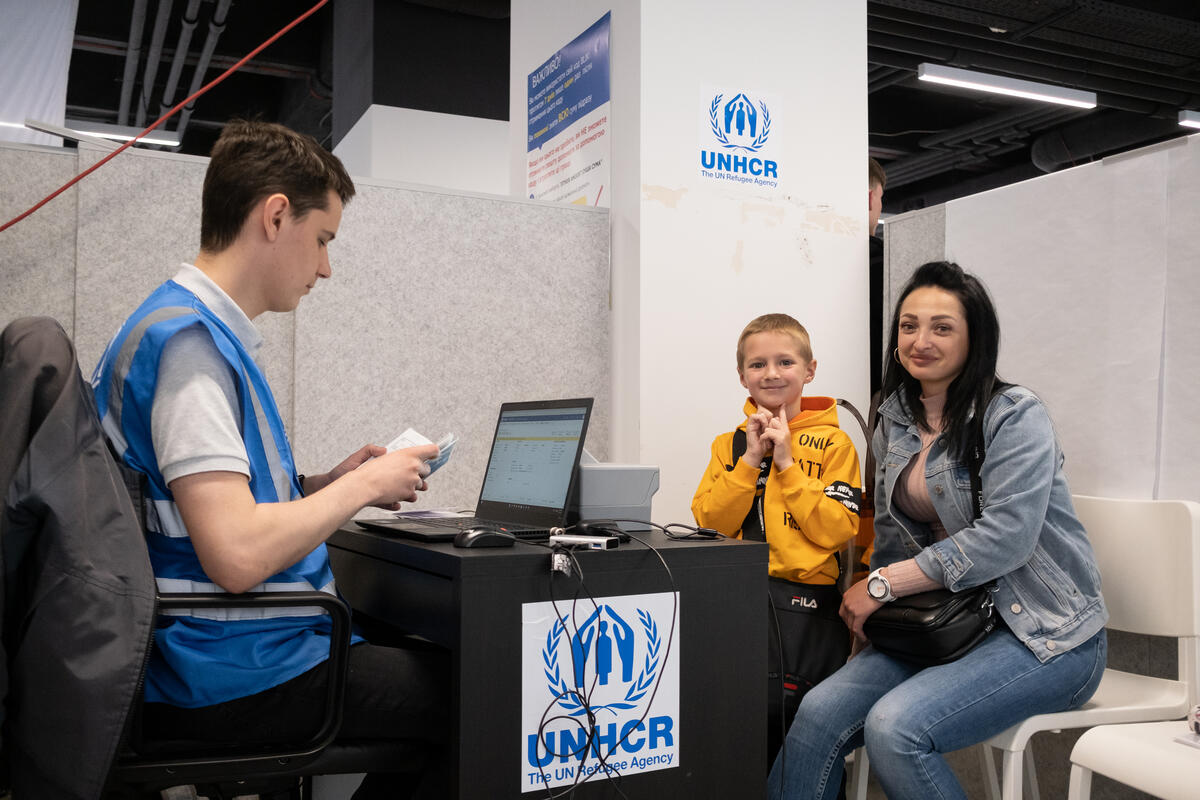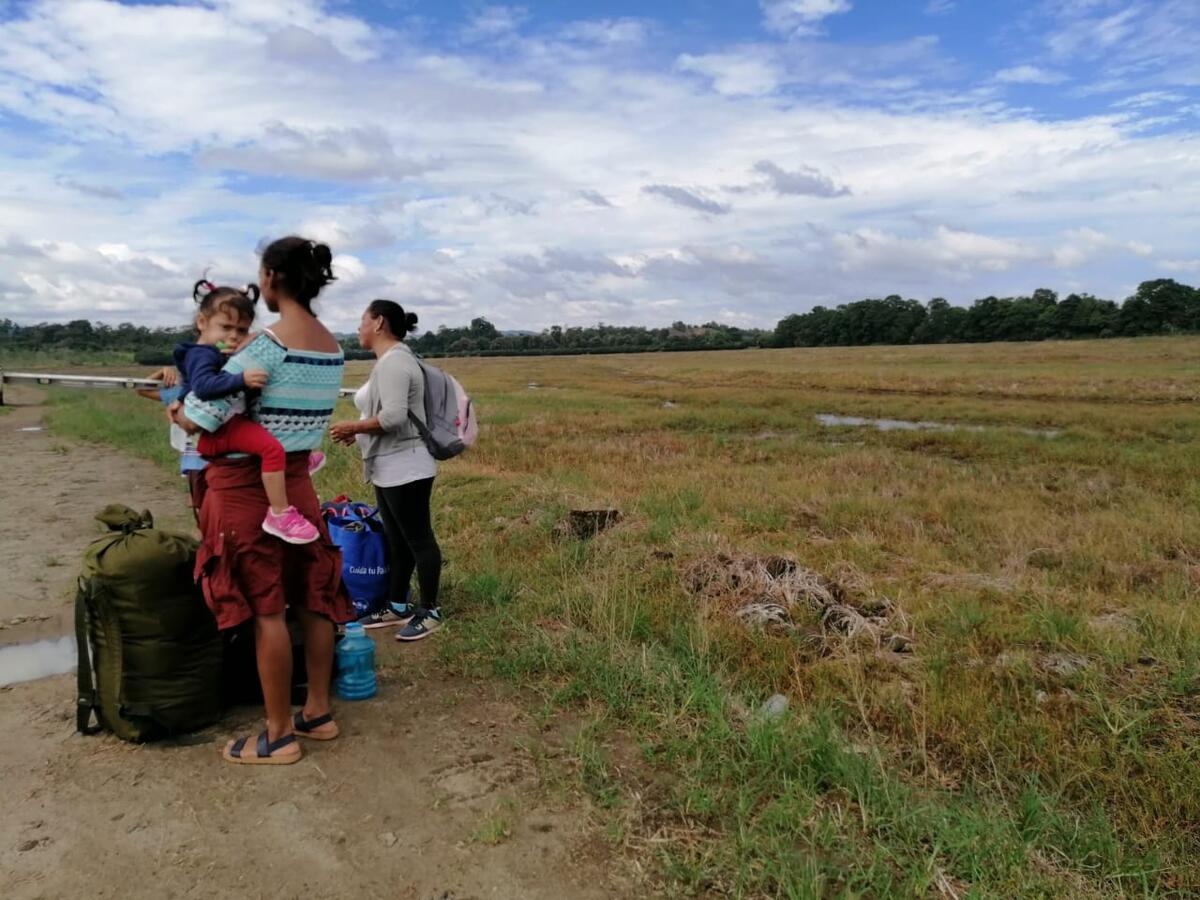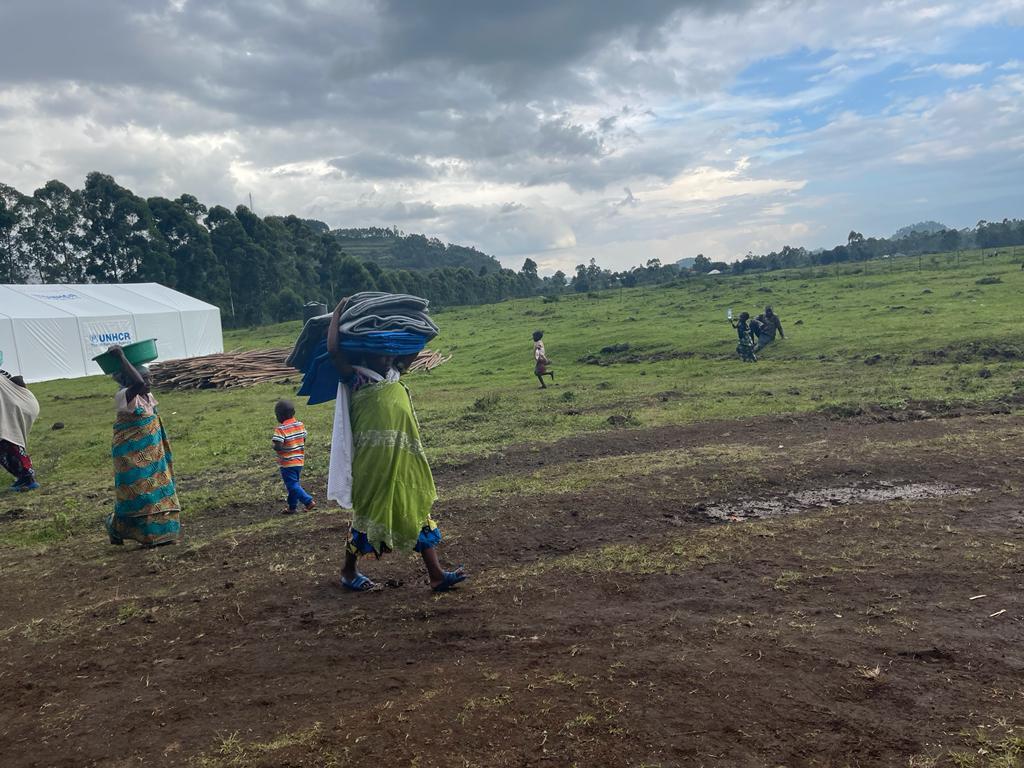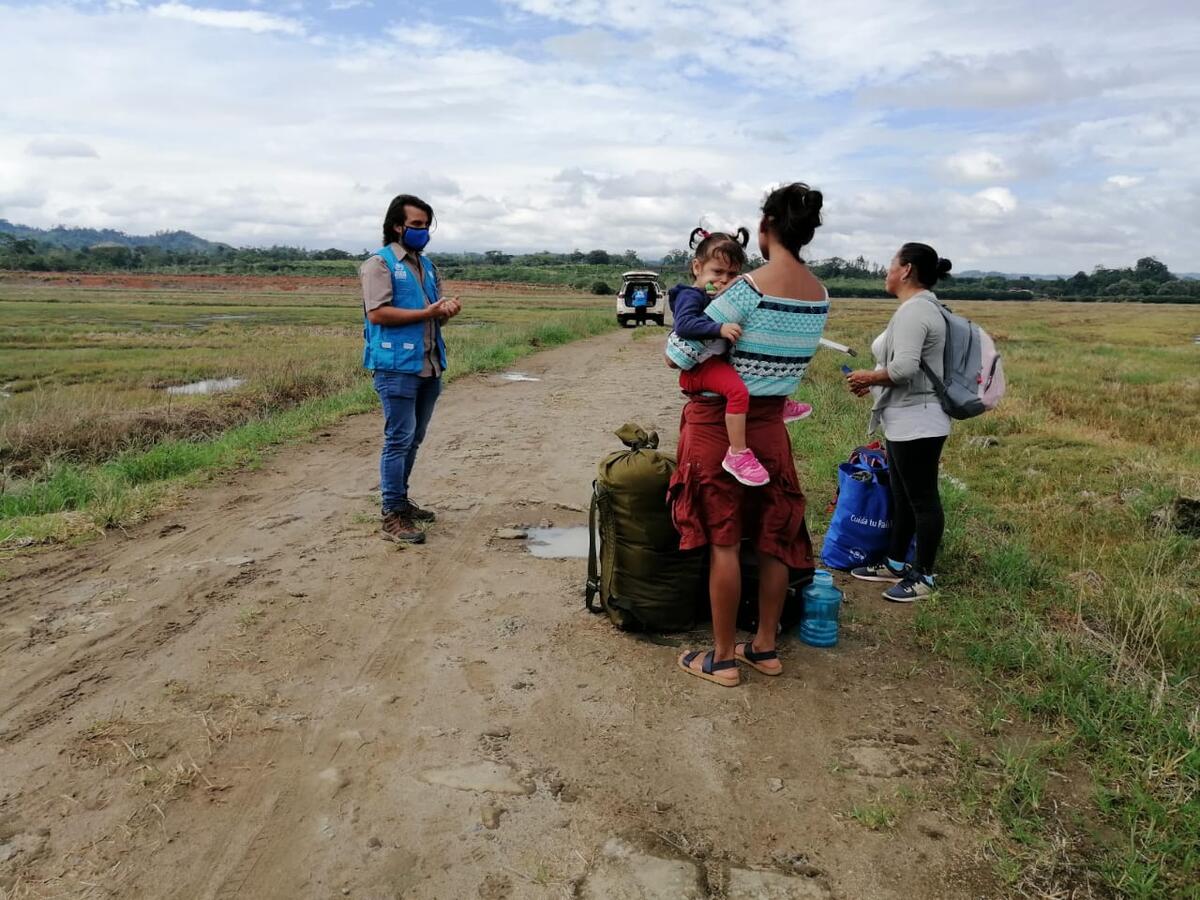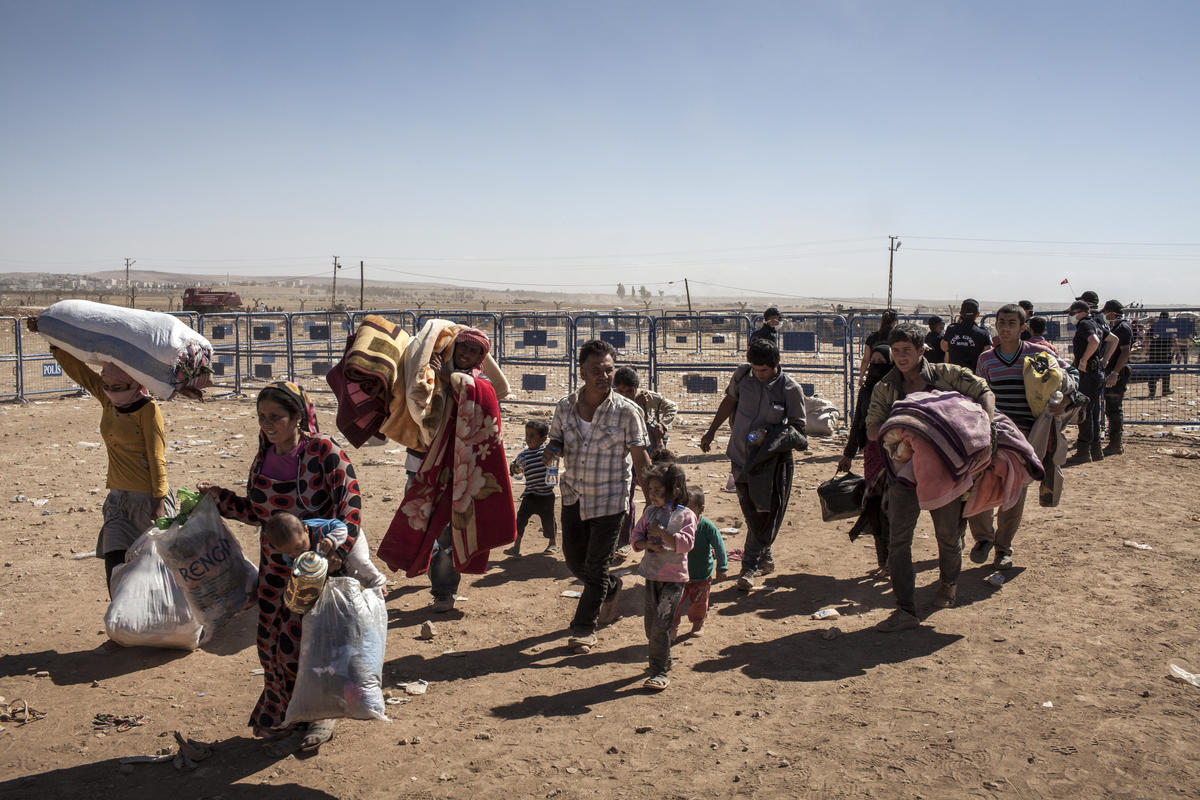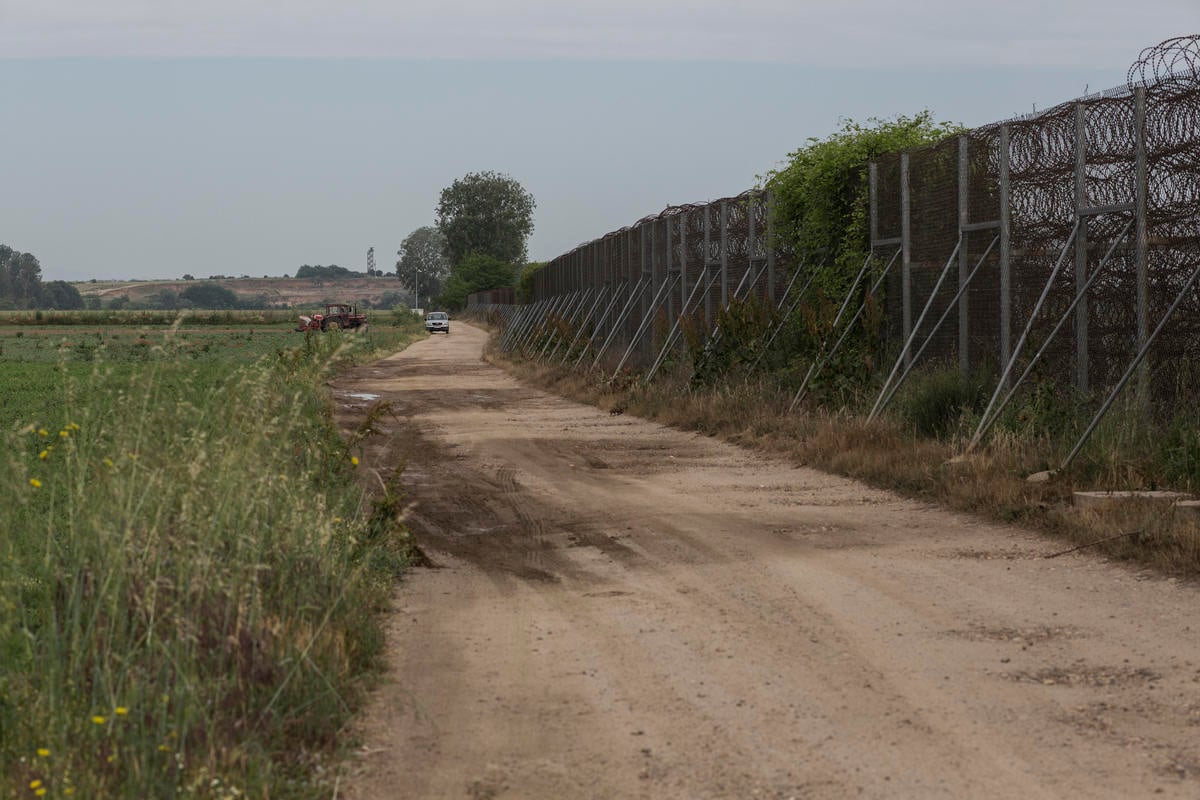Major mass registration of refugees and asylum seekers in Sanaa, Yemen ends
Major mass registration of refugees and asylum seekers in Sanaa, Yemen ends

SANAA, Yemen, March 3 (UNHCR) - Soon after dawn, in the crisp cool air, hundreds of Somali refugees over the last two months have been gathering outside the immigration ministry in the capital of Sanaa to get new identity cards, issued as part of a mass registration of refugees and asylum seekers in Yemen. Men wait on one side of the gate, families on the other side, women holding newborn babies and clutching birth certificates. All showing identity cards and certificates to officials to prove they live in the capital.
Since the joint UNHCR/Yemeni government registration campaign started late December last year, 16,758 Somalis have been registered or re-registered, including new arrivals over the past two years. Many of the Somalis have made the dangerous journey across the Gulf of Aden in smugglers' boats, fleeing their violent country. They are automatically granted refugee status on arrival in Yemen.
"Registration is one of the most important tools of protection," says UNHCR's representative in Yemen Adel Jasmin. "The new cards will make the lives of the refugees easier. It will help them travel freely within the country, and while they are not real work permits, it makes it easier for them to work."
The registration cards also help the refugees and asylum seekers get access to medical care and education.
"It helps us if we need a medical or if we want to travel from region to region. When we get stopped at a checkpoint they ask for an ID card and once they see this card we can move on. That's why it is useful," said refugee Suleiman Omer as he lined up in the queue.
The registration is also an important tool for UNHCR in the future.
"Once repatriation becomes a real possibility for Somali refugees, we would be in a better position to organise it. The number of refugees in the country constitutes a key factor in our planning, budgeting and funding activities," said Jasmin.
The electronic registration process includes the basic biodata such as date and place of birth, ethnic origin, and arrival date in Yemen, as well as information on work skills and education. Special needs are also recorded. It is a high-tech exercise with web cameras and laser colour printers. But not everything depends on technology. Elders from the Somali refugee community are a vital part of the team - only they can be sure who is Somali and who is not.
After all the procedures are finished, the refugees are issued the same day with photo-identity cards, valid for two years, signed by UNHCR and the Yemeni government.
Since the collapse of the Somali central government in 1991, there has been a constant flow of Somali refugees to Yemen. In 2005 alone, UNHCR registered over 15,000 new arrivals at the Mayfa'a registration centre. But, the real number of the people arriving along Yemen's 2,500-km-long coastline is unknown.
Somali and Ethiopian asylum seekers and migrants pay smugglers up to US$50 for the dangerous passage from Somalia to Yemen across the Gulf of Aden. There are horrific reports of deaths at sea, people being thrown overboard far from shore and told to swim. Those who make it remember the journey with horror.
Aisha, 33, said she made the journey 15 years ago with her husband Sufi. "We took a big ship from Mogadishu to Mukalla, and were lost in the sea for twelve days without water, food and medicine." People were killed on board as resources ran out and they floated without hope. A bottle of water was sold for US$100, Aisha said.
Once safely ashore, Somali arrivals get refugee status, while other nationalities - Ethiopians, Eritreans and Sudanese - go through individual refugee status determination procedures.
Only small number of refugees - perhaps five percent - go to Al Kharaz camp, 140 km outside Aden. Hot, windswept and near the sea it is home to some 8,000 Somali and Ethiopian refugees. Food, medical assistance, education, sanitation and some skills training are provided to the refugees by four UNHCR partner organisations.
Jasmin explains it is easier for UNHCR and other partners to provide for the refugees in the camp than in urban areas where they are more dispersed.
"It is easy to count, and to address their needs. But having these refugees in the urban areas, not knowing whether they are still in Yemen, or whether they have crossed the border or returned, makes it very difficult," said Jasmin.
However, most refugees still prefer to live in the towns and cities where they can look for work and try and live a normal life, even though Yemen is one of the poorest countries in the world and opportunities are limited. Women can find work as housemaids, or sell incense and chewing gum. Men often get work as car cleaners or traders.
But, some leave their families behind and travel to the Gulf countries in search of work and better opportunities. Frequently they are stopped at the borders and returned to Yemen, as the refugee identity cards cannot be used for travel purposes.
"With the registration cards there is also a message to the refugees that this is your identity, you are in this country ... don't try to use it to travel to neighbouring countries," Jasmin said. He said the Yemeni government may consider issuing travel documents to the refugees later.
With the mass registration in Sanaa finished, the registration team will now travel to five other centres in the country - Aden, Taz, Al-Mahara, Hodeida, and Shabwa - to complete the registration work.
The previous registration in 2002 registered some 47,000 Somali refugees, and UNHCR expects this number to jump to more than 80,000 by the end of the current mass registration phase.
By Ragnhild Ek in Sanaa, Yemen


